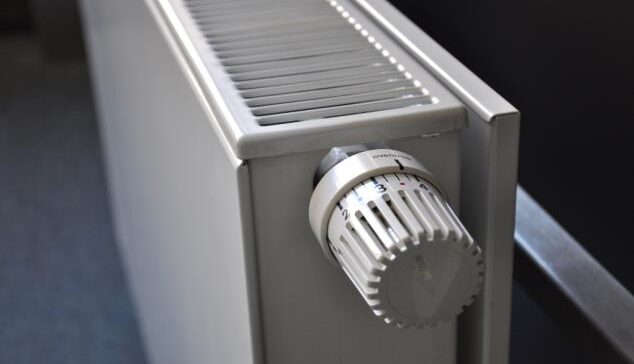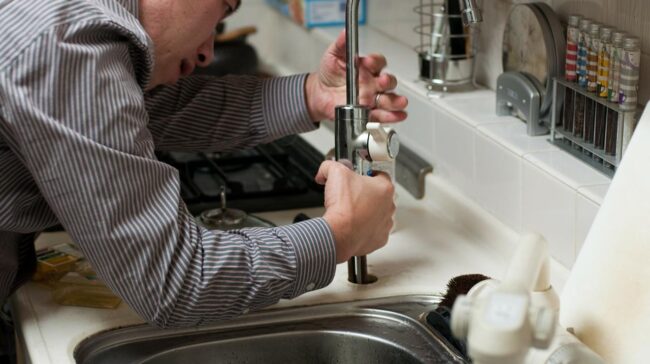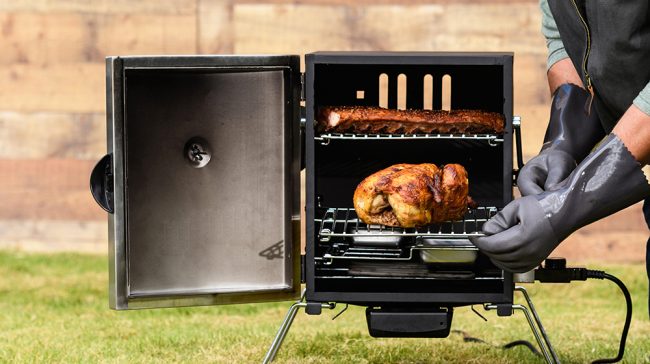
If you’re used to average radiators and boilers to heat your home, but you’re looking for an alternative method, you’ve come to the right place. This article will describe the other ways you could warm up your household, how they work, and their benefits.
Heat pumps
Heat pumps absorb the air from outside or in the ground and transform it into a liquid refrigerant. The liquid is then compressed, which increases its temperature. After this, the liquid releases the stored heat, which is sent to your radiators or underfloor heating.
They’re generally far cheaper to run than oil and gas boilers and have a reduced carbon footprint due to the clean electricity that they use to function.
Heat pump systems require much less maintenance than combustion heating systems and need servicing once or twice a year to maintain optimal functionality.
Their purpose can also be easily altered in the summer, so instead of using them to heat your home, you can use a heat pump to act as an air conditioner.
So, if you’re looking for a cheap system that can double up as an air conditioner, a heat pump is what you want.
Heating Oil
Concerning its composition, heating oil is very similar to the diesel that you use as fuel for your car. It also produces similar heat levels to diesel, with the only real difference between the two being the temperatures they can reach.
Heating oil, at its core, is petroleum. It is about 33% cheaper than liquified petroleum gas, which is used for cooking appliances, is 11% cheaper than electrical heating, and 5% cheaper than air source pump systems. Considering this, it is clear to see that heating oil is one of the cheapest alternative methods you could use to heat your home, besides traditional boilers.
Heating oil warms about 300 degrees hotter than natural gas, and its temperature allows more efficient and powerful heating.
Pellet Stoves
Pellet Stoves burn compressed and dehydrated wood pellets to produce a constant flame. Because the pellets are dry, they’re very efficient at burning because there is no moisture to hinder the blaze.
Pellet Stoves and Log-Burning Stoves both employ the same concept of burning wood to heat your house, but put into practice they’re quite different. Pellet stoves emit fewer particles than a log-burning stove, so they’re generally cleaner.
Solar Heating
Solar heating may seem like a relatively new concept because the sophistication we see from solar heating systems is a far cry from what it once was. However, solar heating has occurred throughout history as far back as the 7th century BC.
Contemporarily, solar heating systems use solar energy to heat fluid and transfer the solar heat into the interior space that it will be heating, or into a storage system to be used later.
If your solar heating system doesn’t produce enough heat, an auxiliary or backup system will provide additional heat.
Solar heating systems use light and heat to generate hot water, so if there’s less heat on a day and the sun is still shining, your system will generate less energy, but you’ll still have something.
During wintertime, solar heating systems become less profitable in terms of energy, but they’ll still generate some, which, in the long run, will save you a lot of money.
Underfloor heating
Underfloor heating uses clean energy that makes the entire system more efficient, and does nothing but warm the room it’s installed in from the ground up.
The best thing about underfloor heating is that it’s far cheaper in the long run than gas radiators, even though the initial cost will sting. It’s an investment that you don’t need to spend a tedious amount of time cleaning when the time comes.
Underfloor heating doesn’t need that much maintenance, and it’s recommended that you have your system serviced annually to ensure that it stays to standard for as long as possible. These systems can endure over 50 years of service if maintained correctly, as opposed to the 8-12 years that the average radiator can last before becoming inefficient.
Underfloor heating is one of the most efficient ways of heating your home as the warmth radiates straight onto your extremities, which can alter your entire body temperature. There’s nothing worse than waking up on a winter morning and your feet freezing on your door, so solve that problem today!
Wood Stove
Wood stoves are incredibly easy to run, as all you need is dry wood. The initial installation is quite steep, but wood stoves are a long-term investment that will certainly not have you regretting it.
The logs you will be using for your wood stove will cut carbon emissions, as logs are a low-carbon source of fuel, and you won’t even be able to smell smoke coming from them. Certified wood stoves don’t smell like smoke.
They also cause less indoor pollution than open fires do. So, they’re a great low-carbon way to heat your home.
Soapstone Heaters
Soapstone is a natural metamorphic rock that absorbs the sharp heat that fire generates and transforms it into gentle heat. This helps your home to stay at a pleasant temperature for up to 12 hours.
These heaters are very efficient and are also relatively inexpensive. They can also withstand high heat levels and aren’t likely to become damaged quickly.
Oil Boilers
Oil boilers are a great option for those who can’t access the grid and value being able to control their central heating and hot water supply. They are generally cheaper and more efficient than electricity and LPG heating systems because of their ability to recycle waste gases.
Nothing is wasted in an oil boiler. The excess gases produced by heating and hot water production are recycled and improve heating and hot water production in your home.
Oil boilers also heat up very quickly due to the heating element in the heater that raises the temperature of the oil that conventionally flows around the cavities of the heater.
Oil heaters have a high specific heat capacity, which is good because the higher the specific heat capacity: the more energy can be stored. If you’re interested in an inexpensive, efficient, and alternative way to heat your home; consider oil boilers.
We hope you have learned something from this article and are one step closer to choosing which alternative method will be right for you and your home.
Also Read: How to Revitalize Your Home




